Is Tesla stock a buy after Musk’s $1 trillion pay package is approved?
In a world of inflated tech valuations, Tesla’s is one of the standouts. There’s plenty of potential, but given uncertainty, is Tesla stock a buy or a sell?
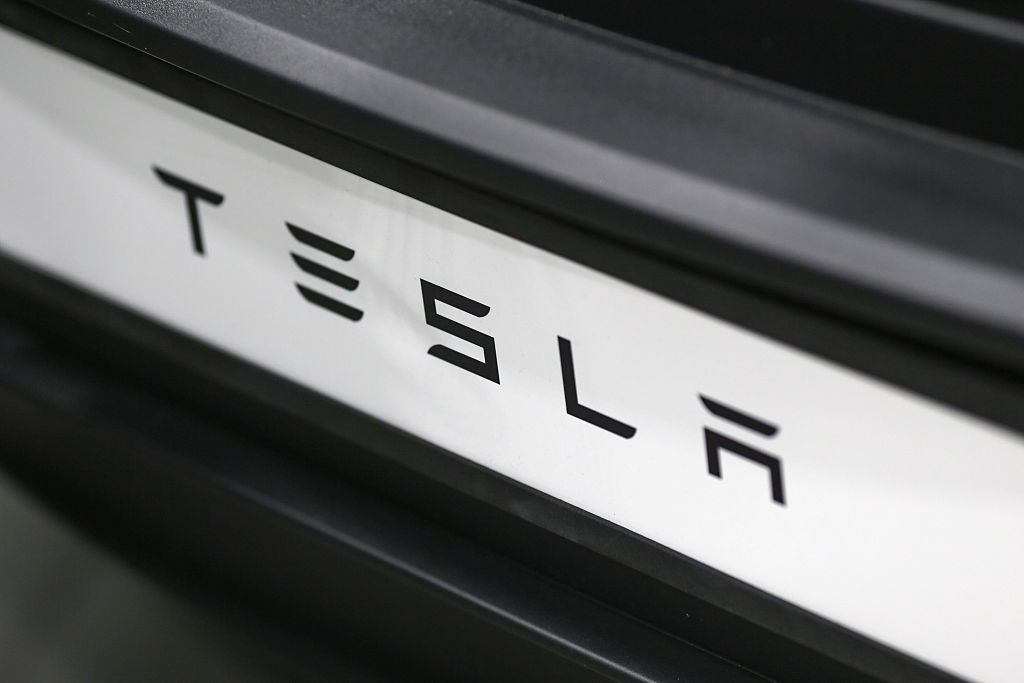

In brief:
Tesla shareholders approved a pay package for its CEO Elon Musk on 6 November, that could see the world’s richest man awarded $1 trillion worth of Tesla stock if certain milestones are hit. Advocates argue that Musk’s leadership is key to ensuring the company achieves its long-term potential in self-driving cars and robotics, especially as its core electric vehicle business is under pressure. All that considered, is Tesla stock a buy or a sell?
Tesla investors have backed a new pay package for chief executive Elon Musk, effectively making him the world's first trillionaire.
MoneyWeek
Subscribe to MoneyWeek today and get your first six magazine issues absolutely FREE

Sign up to Money Morning
Don't miss the latest investment and personal finances news, market analysis, plus money-saving tips with our free twice-daily newsletter
Don't miss the latest investment and personal finances news, market analysis, plus money-saving tips with our free twice-daily newsletter
A new pay package, which could be worth as much as $1 trillion (£760 billion) was approved by 75% of shareholders at the brand’s annual general meeting on Thursday.
It comes as shares in Tesla (NASDAQ:TSLA) have gained around 17% in the year to 7 November, though this masks a volatile year for the electric vehicle (EV) maker. At the height of the tariff turmoil during April, Tesla stock was down by over 40% since the start of the year.
But optimism has resumed, bringing Tesla’s market capitalisation (market cap) close to the $1.5 trillion mark.
The lofty valuation is seen, by Tesla bulls, as just the starting point, with Tesla’s board including a $8.5 trillion valuation as part of the target for Musk, already the world’s wealthiest man, to qualify for the full $1 trillion pay package.
The bulls think Musk is the man who can lead Tesla to these lofty heights.
Daniel Ives, global head of technology research at Wedbush Securities, said: “With this pay package now voted positively keeping Tesla’s biggest asset, Musk, as its leader for the foreseeable future, we continue to believe that the AI valuation is getting unlocked, and we believe the march to an AI driven valuation over the next six to nine months has now begun.”
Other Tesla shareholders aren’t as convinced. Norway’s $2 trillion sovereign wealth fund was among a minority that voted against the proposal.
“While we appreciate the significant value created under Mr. Musk’s visionary role, we are concerned about the total size of the award, dilution, and lack of mitigation of key person risk- consistent with our views on executive compensation,” said Norges Bank Investment Management, which manages the Norwegian wealth fund, in a statement.
Proxy advisers ISS and Glass Lewis also recommended that shareholders vote against the proposal.
Is Musk really worth $1 trillion – and at its current level, should investors buy the stock, or is it time to sell Tesla?
Musk’s $1 trillion pay proposal
The proposal – backed by 75% of Tesla shareholders – will see Musk granted up to approximately 425 million shares if certain targets are hit over the next ten years. That would give Musk around 25% of all Tesla’s voting power, according to Ives.
Some of these targets are linked to Tesla achieving particular market cap thresholds, with the threshold for the final tranche of shares to be awarded set at $8.5 trillion. 425 million shares at that valuation would be worth over $1 trillion.
Other targets that Musk would have to hit to achieve the full payout include delivery of 20 million Tesla vehicles, 10 million full self-driving (FSD) subscriptions, 1 million robots delivered and 1 million robotaxis in commercial operation.
Tesla would also need to deliver $400 billion in adjusted EBITDA to achieve the full payout.
Tesla’s Q3 results: cause for concern despite record revenue
Tesla’s quarterly vehicle deliveries have been declining over recent quarters so its latest results reversed a troubling trend and beat analyst expectations.
Tesla delivered 497,099 vehicles during Q3 2025, a 7.4% increase on the previous year and 29% higher than the previous quarter.
The surge in delivery numbers was expected due to the end of Biden-era EV tax credits in the US, which prompted a rush to purchase EVs before the $7,500 hike. So while Q3’s delivery numbers look good in isolation, they have effectively been boosted by this tax credit.
The proof in the pudding is that Tesla, unusually, delivered more vehicles than it produced in the quarter. The company seems to know that this quarter was an exception as far as demand is concerned and this is likely to fall in future. Q4 numbers will be the ones to watch.
Tesla is also facing significant pricing pressures from more affordable competitors, especially Chinese carmaker BYD, and has been offering its own incentives such as insurance subsidies and interest-free loans.
Investors remain disappointed by its earnings per share which fell 31% to $0.50, below forecasts for $0.54.
Tesla's chief finance officer Vaibhav Taneja told analysts that tariffs had cost the firm more than $400m in the previous quarter.
Victoria Scholar, head of investment at interactive investor, said: “Tesla is also dealing with higher costs associated with investments into artificial intelligence and robotics and pressure from the expiration of tax credits for EVs from the White House.”
The robotaxi revolution continues
Car sales alone can’t justify Tesla’s present valuation.
Tesla’s trailing P/E ratio is over 300; this implies that it would take Tesla 300 years of posting its current level of earnings before it will recoup its current market cap in shareholder equity.
The rationale for these dizzying multiples has always been the promise of its robotaxi business. Effectively, this will turn thousands of Teslas into self-driving taxis in the blink of an over-the-cloud software update.
“Tesla has the capability to scale that service incredibly rapidly,” said Sam Korus, director of research for autonomous technology & robotics at ARK Invest.
Following Tesla’s Q2 earnings call, Musk suggested that robotaxis could be available to half the US population by the end of the year. That target looks like it will be missed (like many of Musk’s previous ones) by some distance, but the service does look set to expand: Tesla was awarded a permit to start testing its self-driving vehicles in Nevada on 11 September. Tesla shares gained 6% on the day as the news broke.
The company also announced at its annual general meeting that its robotaxi service will roll out next in Miami, Dallas, Phoenix, and Las Vegas while safety riders will be removed in Austin by the end of this year.
Is Tesla stock a buy or a sell?
The biggest consideration to make over whether to invest in Tesla is whether its growth prospects justify the level it is currently trading at.
Even at its low points, Tesla has been the most expensive Magnificent Seven stock based on its fundamentals for over a year. According to Macrotrends data the company’s price to earnings (P/E) ratio rose from around 70 at the end of September 2024 to over 300 a year later.
The next highest price-to-earnings ratio in the group is Nvidia’s, at around 60 times trailing earnings – meaning that, in comparison to their earnings over the past year, Tesla stock is around five times as expensive as Nvidia’s.
Tesla shares closed at $449.68 on 6 November, 50% above Morningstar’s fair value estimate of $300. The ratings agency has noted that Tesla’s management hasn’t guided for delivery numbers this year, which Morningstar interprets as a sign Musk and his colleagues aren’t expecting delivery numbers to grow in 2025. Morningstar concludes that deliveries will probably in fact fall during the year.
ARK, on the other hand, is one of the most bullish Tesla investors out there: it predicts that Tesla shares will be worth $2,600 by 2029, “with 90% of that enterprise value coming from robotaxis,” according to Korus.
Ives has a 12 month price target of $600 for Tesla stock, implying 28% gains over the next year.
Get the latest financial news, insights and expert analysis from our award-winning MoneyWeek team, to help you understand what really matters when it comes to your finances.

Dan is a financial journalist who, prior to joining MoneyWeek, spent five years writing for OPTO, an investment magazine focused on growth and technology stocks, ETFs and thematic investing.
Before becoming a writer, Dan spent six years working in talent acquisition in the tech sector, including for credit scoring start-up ClearScore where he first developed an interest in personal finance.
Dan studied Social Anthropology and Management at Sidney Sussex College and the Judge Business School, Cambridge University. Outside finance, he also enjoys travel writing, and has edited two published travel books.
-
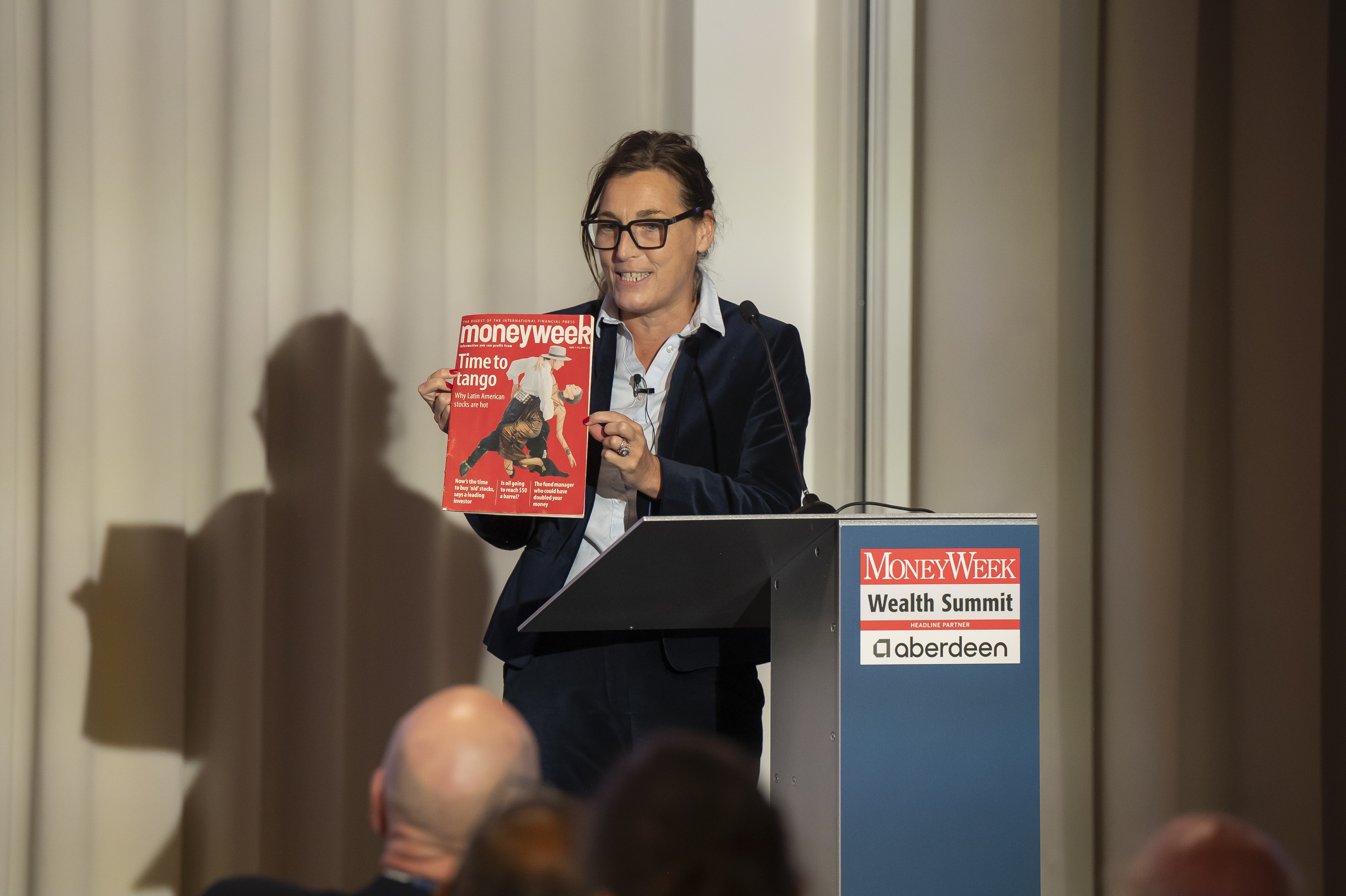 Key lessons from the MoneyWeek Wealth Summit 2025: focus on safety, value and growth
Key lessons from the MoneyWeek Wealth Summit 2025: focus on safety, value and growthOur annual MoneyWeek Wealth Summit featured a wide array of experts and ideas, and celebrated 25 years of MoneyWeek
-
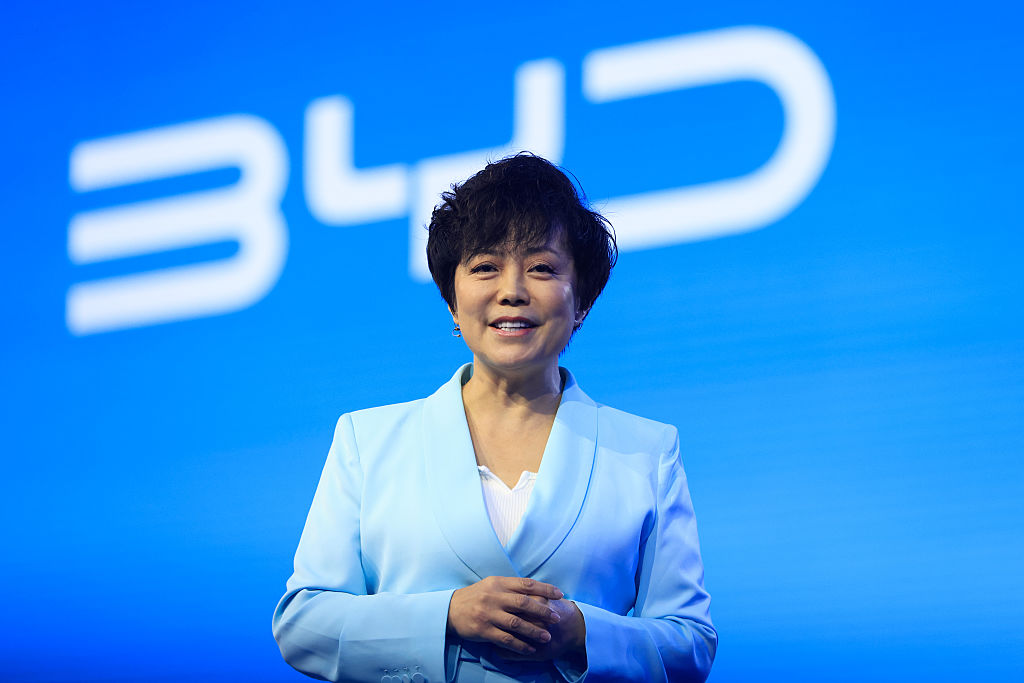 The Stella Show is still on the road – can Stella Li keep it that way?
The Stella Show is still on the road – can Stella Li keep it that way?Stella Li is the globe-trotting ambassador for Chinese electric-car company BYD, which has grown into a world leader. Can she keep the motor running?
-
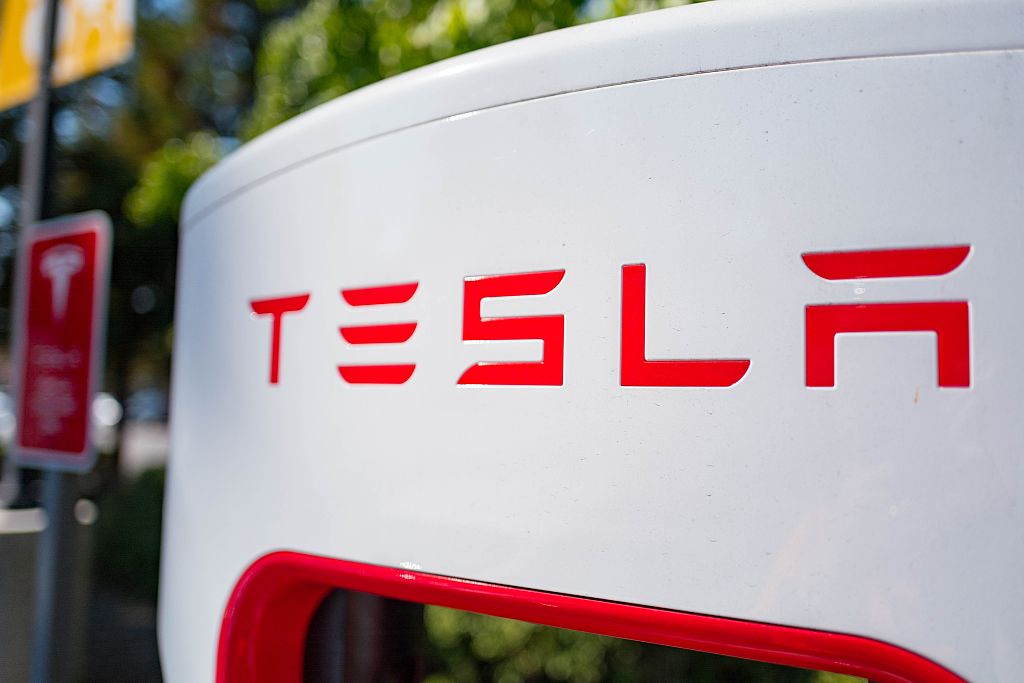 Tesla seeks approval to supply electricity to UK homes – could it disrupt the energy market?
Tesla seeks approval to supply electricity to UK homes – could it disrupt the energy market?Tesla has applied for a license to supply UK households with electricity, but taking on the biggest providers could prove challenging
-
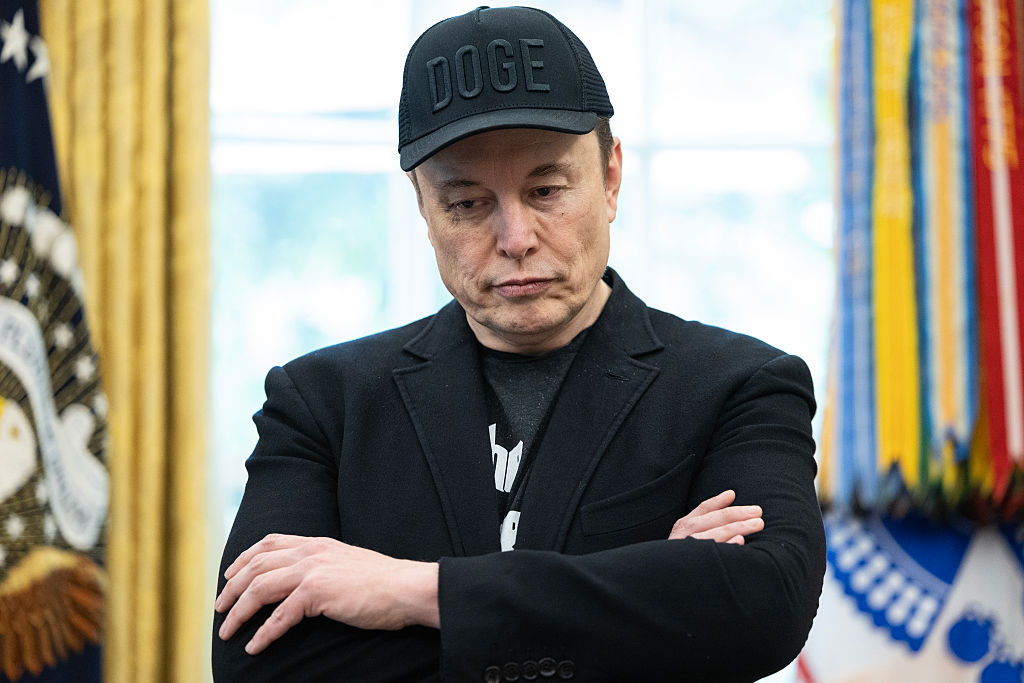 Tesla shares fall after-hours, while Alphabet's gain on earnings beat
Tesla shares fall after-hours, while Alphabet's gain on earnings beatAI positivity drove Alphabet's shares to new heights, but Musk's "rough quarters" warning saw Tesla's share price slump
-
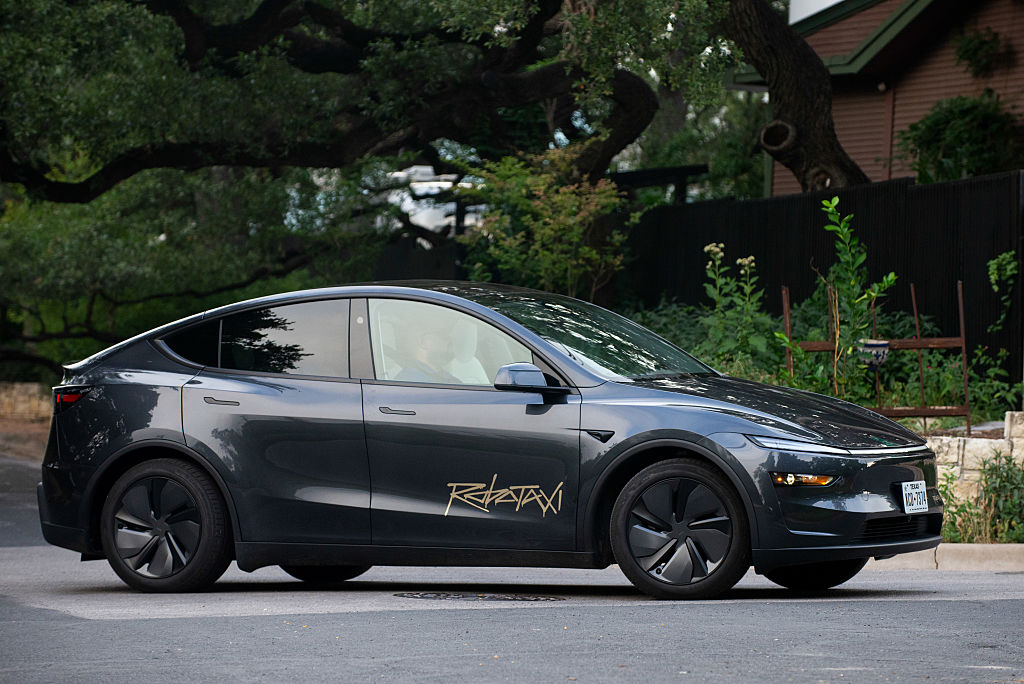 Tesla shares gain on robotaxi launch
Tesla shares gain on robotaxi launchSelf-driving promises have been propping up Tesla stock’s valuation for years, but the robotaxi revolution may have finally arrived
-
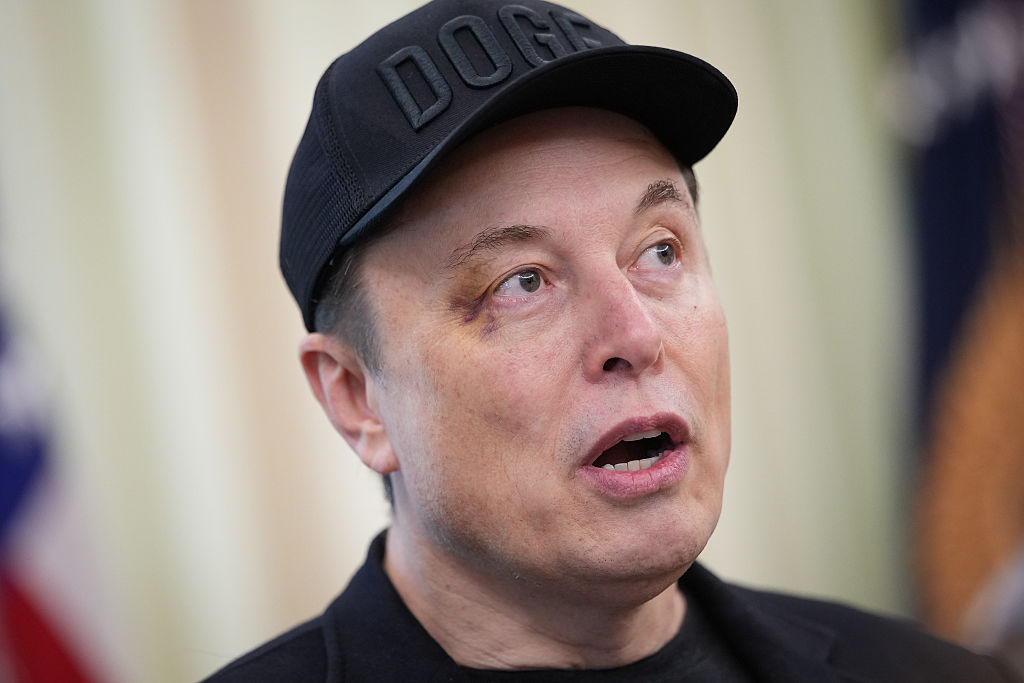 Tesla shares slump over Trump/Musk feud
Tesla shares slump over Trump/Musk feudA war of words has sent Tesla shares spiralling to the company’s largest single-day value decline in history
-
 Magnificent Seven results: Amazon shares gain 13% overnight
Magnificent Seven results: Amazon shares gain 13% overnightAI hype has propelled the Magnificent Seven stocks to the pinnacle of the stock market. Amazon shares soared in after-hours trading after its cloud arm AWS posted its strongest quarterly growth since 2022.
-
 Most popular stocks of 2023: AI on the up while interest in Netflix plummets
Most popular stocks of 2023: AI on the up while interest in Netflix plummetsWe reveal the most popular shares of 2023 so far.

